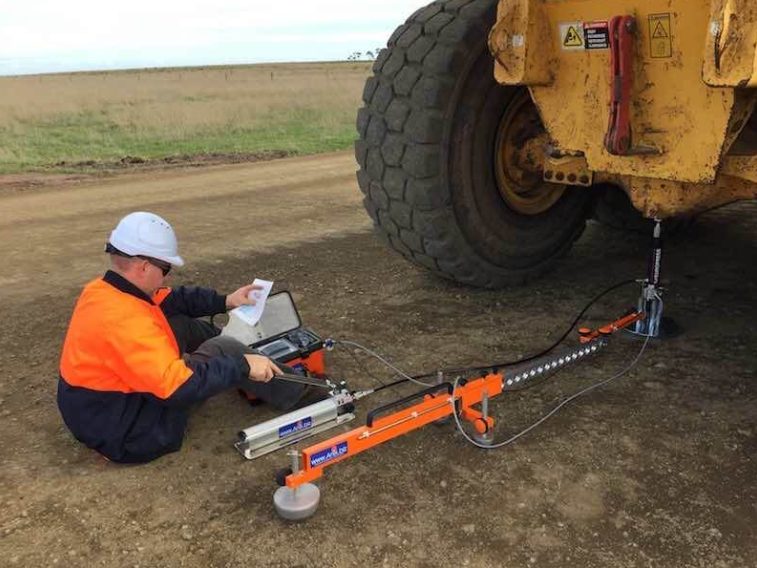Plate Bearing Testing Explained

Geotechnical investigation services are important for understanding the properties of soil and rock at a site. The results of a geotechnical investigation can help engineers design foundations and structures that are safe and effective. There are a variety of methods that can be used to perform a geotechnical investigation, including plate bearing testing.
In this article, we’ll provide a comprehensive explanation of what plate bearing tests are, how they’re performed, and what information they can provide.
This is information that can be used in your next project to help design foundations for structures and ensure a successful outcome.
An introduction to the plate bearing test
Plate bearing tests are a type of field test that is used to determine the bearing capacity of the soil. The test involves placing a loading plate on the ground and applying a load to it. The loading plate can be either circular or rectangular.
The test is typically performed by a geotechnical engineer to determine the safe bearing capacity of the soil. The test is used to assess the suitability of soil for supporting structures such as buildings, bridges, and other load-bearing structures. The results of the test can also be used to determine the design parameters for foundations.
How to perform a plate bearing test
When performing a load-bearing test, a geotechnical engineer will require the following equipment:
– a loading plate
– a calibrated loading device
– a level
– a theodolite or similar surveying instrument.
The procedure:
The engineer will first determine the location of the test site. The site should be large enough to accommodate the equipment and allow for safe access. The engineer will then set up the equipment at the chosen location. The loading plate is placed on the ground and the level is used to ensure that the plate is level. The loading device is then attached to the plate.
The loading device is slowly activated to apply a load to the plate. The engineer will use the surveying instrument to record the displacement of the plate as the load is applied. The load is increased incrementally until the plate reaches its maximum displacement.
What is the data used for?
Plate bearing tests are an important tool for understanding the properties of soil and assessing the suitability of soil for supporting structures. The bearing capacity is the amount of force that the soil can support without failure.
The data retrieved from the test can be used to determine the safe bearing capacity of the soil. This information is important for designing foundations and other load-bearing structures. The results of the test can also be used to assess the amount of settlement that might occur when a structure is built on the soil.
A plate bearing test is a valuable tool for any engineer working on foundation design or other load-bearing structures. The test is quick and easy to set up, and it provides valuable data that can be used to assess the suitability of soil for supporting structures.
How to calculate the plate bearing capacity from the plate load test
There are four key steps to calculating the bearing capacity of soil from the plate load test.
These steps include plotting a load settlement curve, finding the maximum bearing capacity, identifying the safe bearing capacity and determining the settlement of the proposed footing.
The first step is to plot the load settlement curve. This curve is created by plotting the applied load against the corresponding plate settlement. The second step is to find the maximum bearing capacity of the soil. This is done by extrapolating the straight-line portion of the load settlement curve to find the point at which the curve begins to level off.
The third step is to identify the safe bearing capacity of the soil. This is the point at which the load settlement curve levels off and can be calculated by dividing the ultimate bearing capacity by the factor of safety. The fourth and final step is to determine the settlement of the proposed footing.
Summary
Plate bearing tests are a type of field test that is used to determine the bearing capacity of the soil. The test involves placing a loading plate on the ground and applying a load to it.
The test is typically performed by a geotechnical engineer to determine the safe bearing capacity of the soil. The test is used to assess the suitability of soil for supporting structures such as buildings, bridges, and other load-bearing structures.
If you have any questions about plate bearing tests, or if you would like to learn more about geotechnical investigation services, please contact IBEX Consulting Engineers. Our team of experienced engineers can provide you with the information you need to make informed decisions about your project.